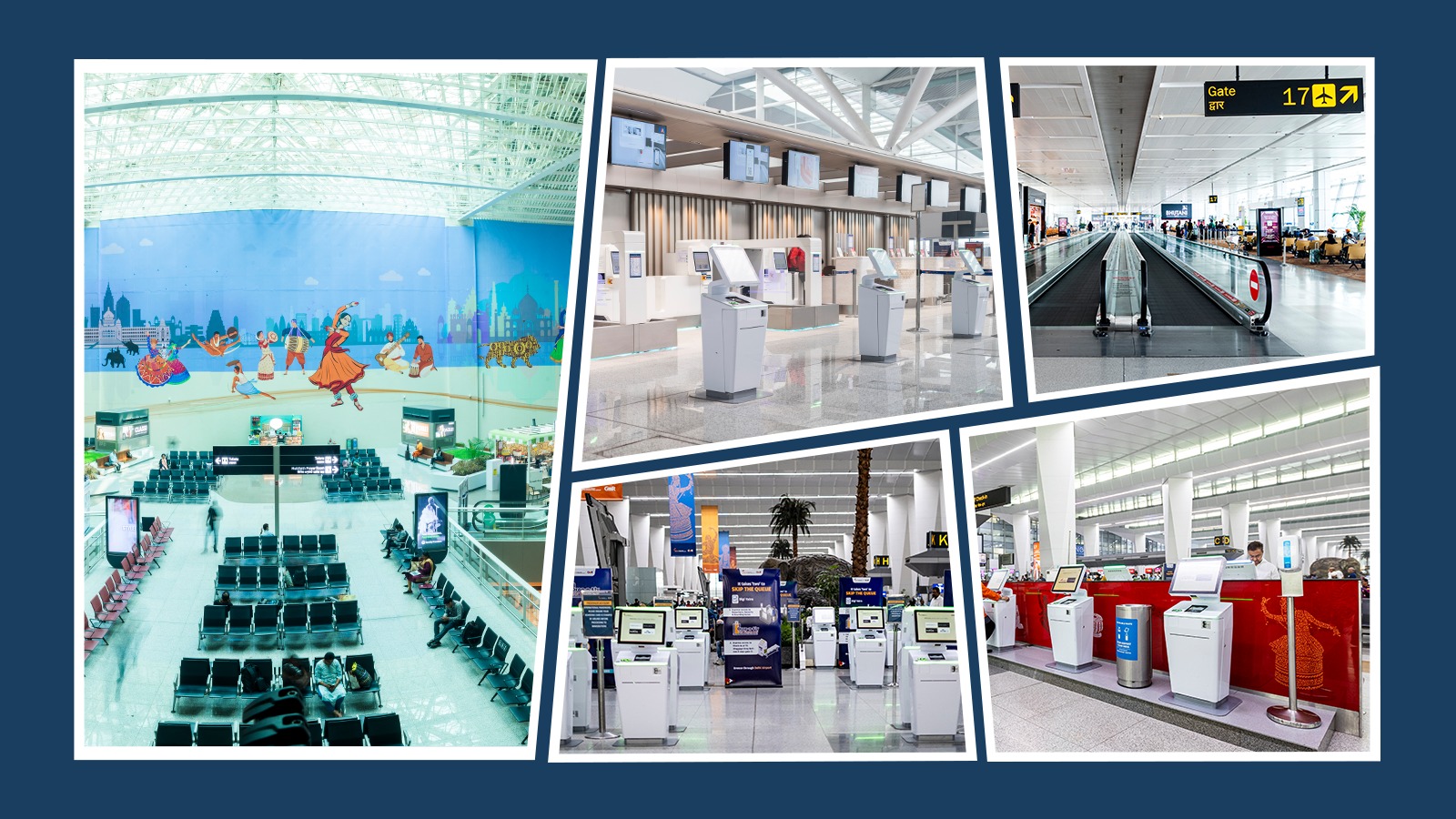
Airports are among the most complex operating environments in the world. Tens of thousands of passengers move through daily, supported by dozens of contractors and vendors across cleaning, maintenance, security, retail and passenger support. Layered on top are unforgiving schedules, strict regulatory standards and rising passenger expectations.
Traditionally, each service was managed in silos, separate contracts, separate teams, separate standards. While this approach kept the system functional, it also created inefficiencies, inflated costs and inconsistent service delivery. Gaps in coordination often translated into delays, bottlenecks or missed service-level agreements (SLAs).
Integrated Services Management (ISM) is fundamentally reshaping this picture. By unifying services under one management framework, airports are shifting from fragmented oversight to orchestrated performance, delivering efficiency, resilience, and a seamless passenger journey. This approach is particularly transformative for airport operations and maintenance, ensuring that every aspect of service delivery is coordinated and optimized.
ISM brings multiple airport services together under a single governance model or provider. Facilities management, cleaning, maintenance, security, and even customer-facing functions are coordinated through one playbook, one set of KPIs, and one reporting system.
The result is more than efficiency; it is alignment. Every service supports the other, creating an ecosystem where passengers experience consistency at every touchpoint and airport management gains holistic control over airport operations and maintenance.
1. Operational Complexity - Airports handle high passenger volumes and intricate processes. ISM reduces friction by centralizing oversight, accelerating decision-making and lowering the risk of errors.
2. Cost Efficiency - Silos create duplication. Multiple contracts mean multiple overheads. Integration eliminates redundancies, enabling economies of scale and stronger commercial terms.
3. Passenger Expectations - Travelers want predictability and comfort. Disjointed services create gaps; integrated systems guarantee consistent service standards from curbside to boarding.
4. Regulatory Demands - Aviation authorities demand strict compliance in safety, security and sustainability. ISM unifies reporting and accountability, ensuring traceability and audit readiness.
Modern airports are digital ecosystems, and ISM thrives on technology:
Technology ensures ISM isn’t reactive but proactive, anticipating challenges and optimizing performance continuously. This is especially critical for airport operations and maintenance, where timely intervention and monitoring can prevent costly delays or service disruptions.
Transitioning to ISM is transformative but requires disciplined execution:
Though demanding upfront, these steps set the foundation for long-term efficiency and resilience.
As passenger volumes rise and airports face mounting pressure to control OPEX while delivering superior service, ISM will no longer be optional. It is becoming the industry standard.
In the coming decade, ISM will be as critical to airport competitiveness as digitalization or sustainability strategies. Those who adopt early will set the benchmark for operational excellence.
Fragmented services belong to the past. In today’s aviation environment, efficiency, safety, compliance and passenger satisfaction must coexist seamlessly. ISM makes this possible, aligning services, consolidating contracts, and harnessing technology to deliver airports that are agile, consistent and future-ready.
Roy Sebastian, CEO of GEMS, notes: “Integrated Services Management isn’t just about saving costs, it’s about building smarter, more resilient airports. When services work in harmony under one framework, airports gain agility, consistency and the ability to scale operations without compromising passenger experience. At GEMS, we’ve seen ISM transform airports from fragmented ecosystems into orchestrated environments where efficiency, safety and sustainability reinforce each other. This isn’t just operational, it’s strategic.”
For tailored solutions, contact Rohit Kumar Singh at Rohitkumar.Singh@gmrgroup.in or call +91 97171 99753.